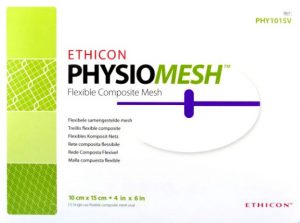NBC News reported this week on the number of nursing home patients who are transferred to hospitals and subsequently die from sepsis, a potentially life-threatening complication of an infection. Sepsis often occurs when an infection is untreated or treated inadequately. Sepsis occurs when chemicals released into the bloodstream to fight the infection cause inflammation throughout the entire body instead. Severe cases of sepsis can lead to septic shock, which is characterized by very low blood pressure, and is a medical emergency.
A private healthcare data firm, Definitive Healthcare, conducted a special analysis of data related to nursing home patients who were transferred to hospitals and later died. The analysis revealed that approximately 25,000 patients a year had developed sepsis while in nursing homes across the U.S. Definitive Healthcare looked at Medicare billings from 2012 through 2016, and concluded that the treatment of this life-threatening condition costs Medicare more than $2 Billion a year. These numbers show that sepsis is a huge public health problem in the U.S.
Sometimes, a nursing home patient can develop a pressure sore on the hip or tailbone. If that patient is incontinent, there is an increased risk that the pressure sore will become infected. The longer the infected pressure sore goes untreated, or inadequately treated, the greater the risk of the patient developing sepsis. If the sepsis is not treated promptly and aggressively, the patient can go into septic shock, and die. Nursing home patients, who often have other comorbidities and conditions, have an increasingly difficult time surviving sepsis. It is not just pressure sores that can lead to sepsis in nursing home patients. Sepsis can develop in bedridden patients who are suffering from pneumonia, urinary tract infections, or other infections. What can start out as a relatively small, isolated infection can quickly become a big infection and cause the death of a nursing home patient.
 Georgia Injury Lawyer Blog
Georgia Injury Lawyer Blog


